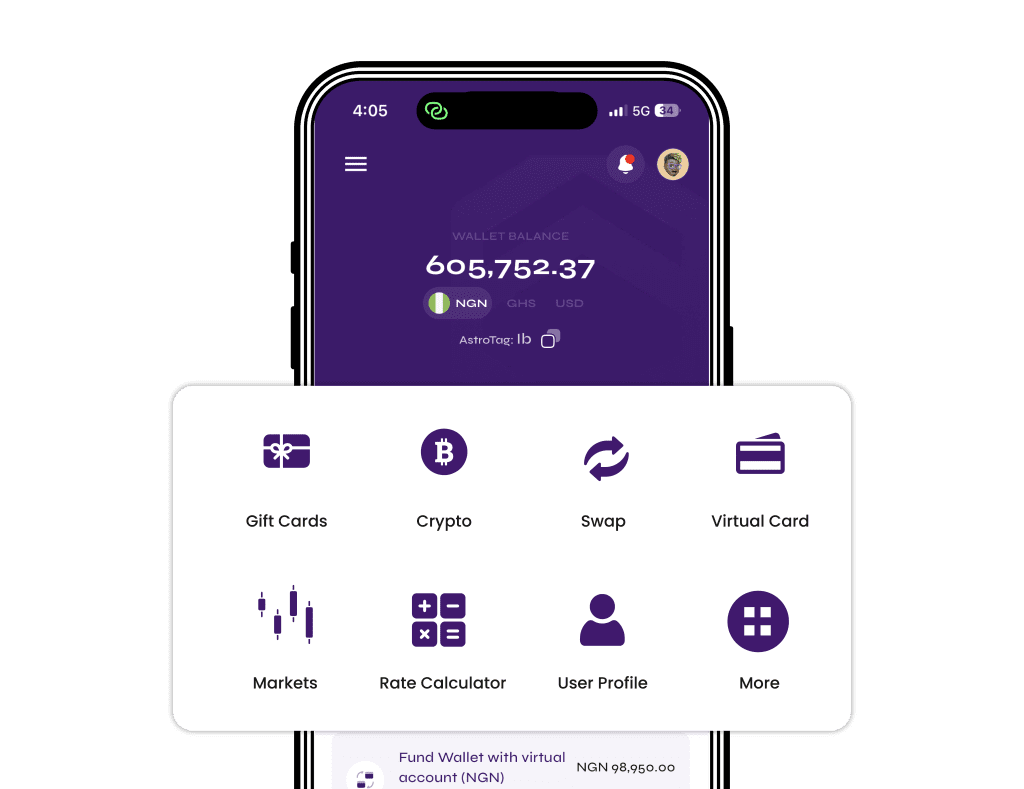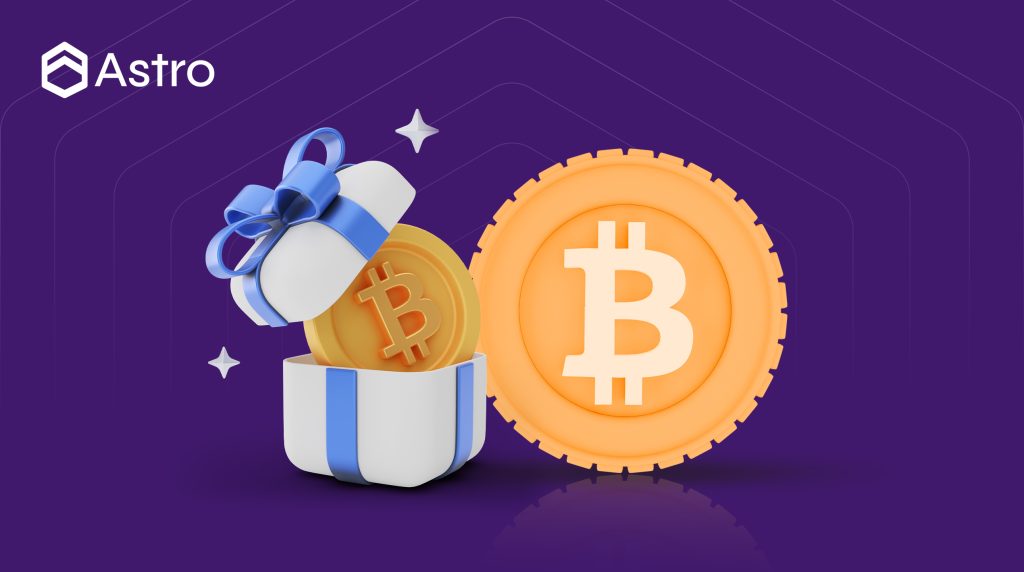
The concept of Bitcoin mining may be relatively new to some crypto traders. This might seem like another difficult crypto concept you need to understand but it is very important. To understand Bitcoin halving, you must first understand Bitcoin mining.
Bitcoin mining is a pretty complex process used by several networks of specialized computers to solve a cryptographic puzzle, which produces a random 64-character output called “hash”. Typically, the first miner capable of solving the cryptographic puzzle is responsible for creating the next block of transactions and is compensated with newly minted bitcoin.
During the first Bitcoin halving of 2012, Miners were paid 50 BTC per block as an incentive for successfully mining Bitcoin. Subsequently, every four years, another Bitcoin halving occurs and the 50 BTC incentive is reduced by half. In the same vein, it is important to know that the rate at which new Bitcoin is created decreases by half for every 210,000 blocks mined — roughly every four years, which is the reason for halving.
Now that the concept of Bitcoin mining has been explained, we can now get into Bitcoin halving and why it matters.
What is Bitcoin halving?
Bitcoin halving is the process in which the rewards given to Bitcoin miners are reduced by half every four years. Each halving event limits the influx of new Bitcoins into the market, helping to maintain its scarcity. This mechanism is incorporated into most crypto assets to prevent inflation and ensure their deflationary nature. For Bitcoin, halving can influence its price if demand remains steady or increases.
Reasons for Bitcoin halving
It has already been established that Bitcoin halving controls the supply of new Bitcoin entering the circulation. Some of the other reasons may include the following:
Scarcity and controlled supply
Bitcoin was designed with a constrained and managed supply. Halving the mining rewards decreases the rate at which new Bitcoin is created. In economics, we were told that scarcity breeds demand and this happens after every halving, which increases Bitcoin’s value proposition as a deflationary asset.
Inflation control
Bitcoin halving helps limit excessive inflation within the Bitcoin ecosystem by reducing the rate at which new Bitcoin enters the market through lowered block rewards. This restricted issuance process aims to maintain the coin’s stability and long-term value.
Market forces and economics
The halving event has significant economic implications for both Bitcoin miners and the broader market. Miners need to adjust their operations to remain profitable with a reduced block reward, increasing competition and pushing out less efficient miners. This can affect the network’s overall security and decentralization.
Price impact
Bitcoin price increases have often been associated with halving events, similar to other crypto assets. The anticipation of reduced supply coupled with rising demand typically generates positive market sentiment and potential price appreciation. However, it’s important to note that past performance is not indicative of future results, and various factors beyond halving events also influence Bitcoin’s price.
Read also: Litecoin halving: what it is, dates, and prediction
Timeline of Bitcoin halving
Bitcoin halving has occurred four times since 2009. The halving dates were:
- First halving: This occurred on the 28 of November 2012. It reduced the block reward to 25 bitcoins from the original 50 Bitcoins.
- Second halving: This occurred on the 9th of July 2016. It reduced the reward to 12.5 Bitcoins.
- Third halving: This occurred on the 11th of May 2020. It reduced the reward to 6.25 Bitcoins.
- Fourth halving: The next halving occurred on the 24th of April 2024. It reduced the reward to 3.125 Bitcoins.
- The next Bitcoin halving is expected to occur in 2028, which is exactly four years from now. By this halving, the reward would be 1.5625 Bitcoins.
Why does Bitcoin halving matter?
The exchange market is originally volatile but the halving event increases it. Due to the decrease in the supply of Bitcoin following the halving, the value of Bitcoins yet to be mined increases. Hence, more investors become interested in the asset. So, depending on history and projections, it might be wise to invest in Bitcoin after the halving.














